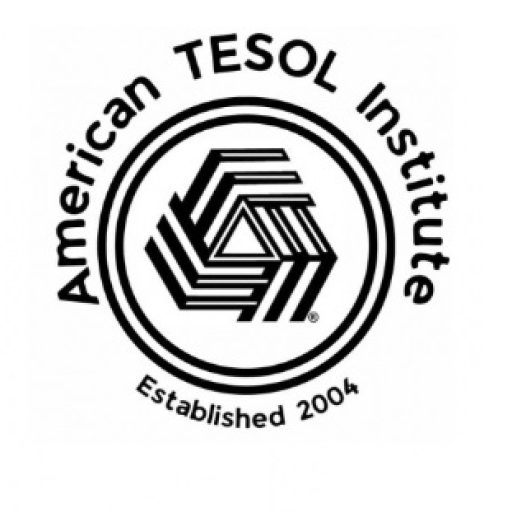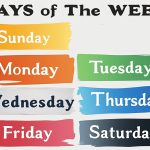Flashcards: they’re colorful, portable, and a staple in many language classrooms. But are you harnessing their full potential? In a recent TESOL webinar, presenters delved into the dynamic world of flashcards, showcasing their versatility and effectiveness in language teaching. Let’s explore the key takeaways and discover how to make flashcards a fun and engaging part of your ESL lessons.
Flashcards: Beyond Basic Vocabulary
While flashcards are often associated with memorizing vocabulary words, their applications extend far beyond that. They can be used to teach and reinforce grammar structures, practice pronunciation, spark conversation, and even facilitate creative storytelling.
Interactive Activities with Flashcards:
-
Matching Games: Create sets of flashcards with images and corresponding words, or words and definitions. Have students match them up, either individually or in groups, to reinforce vocabulary and understanding.
-
Sentence Building: Provide students with a variety of word and phrase flashcards. Challenge them to arrange the cards to create grammatically correct and meaningful sentences.
-
Storytelling Prompts: Use picture flashcards as prompts for creative storytelling. Encourage students to weave narratives around the images, practicing their speaking and writing skills.
-
Pronunciation Drills: Write words or phrases on flashcards and have students practice their pronunciation, paying attention to stress, intonation, and rhythm.
-
Categorization and Sorting: Create flashcards with different categories (e.g., food, animals, actions). Have students sort the cards into the appropriate groups, reinforcing their understanding of vocabulary and concepts.
Digital Flashcards: Taking Learning to the Next Level
With the rise of technology, digital flashcards have become increasingly popular. These interactive tools offer features like audio pronunciation, gamification, and progress tracking, making learning even more engaging and personalized. Many online platforms and apps allow teachers to create their own digital flashcards or access pre-made sets, catering to different language levels and learning objectives.
Tips for Effective Flashcard Use:
- Clear and Concise: Keep the information on each flashcard simple and easy to understand.
- Visually Appealing: Use colorful images or illustrations to capture attention and aid memory.
- Regular Review: Incorporate flashcards into regular review sessions to reinforce learning and prevent forgetting.
- Student-Created Flashcards: Empower students to create their own flashcards, fostering ownership and personalization of learning.
- Variety is Key: Use flashcards in a variety of ways to keep lessons fresh and engaging.
Conclusion:
Flashcards, both traditional and digital, remain a valuable tool for English language teachers. Their versatility, affordability, and ease of use make them adaptable to different learning styles and age groups. By incorporating interactive activities and leveraging technology, educators can unlock the full potential of flashcards and create a fun and stimulating learning environment where students are motivated to explore the English language.
So, the next time you’re planning your ESL lessons, don’t underestimate the power of those simple yet effective flashcards. Get creative, have fun, and watch your students’ language skills blossom!



